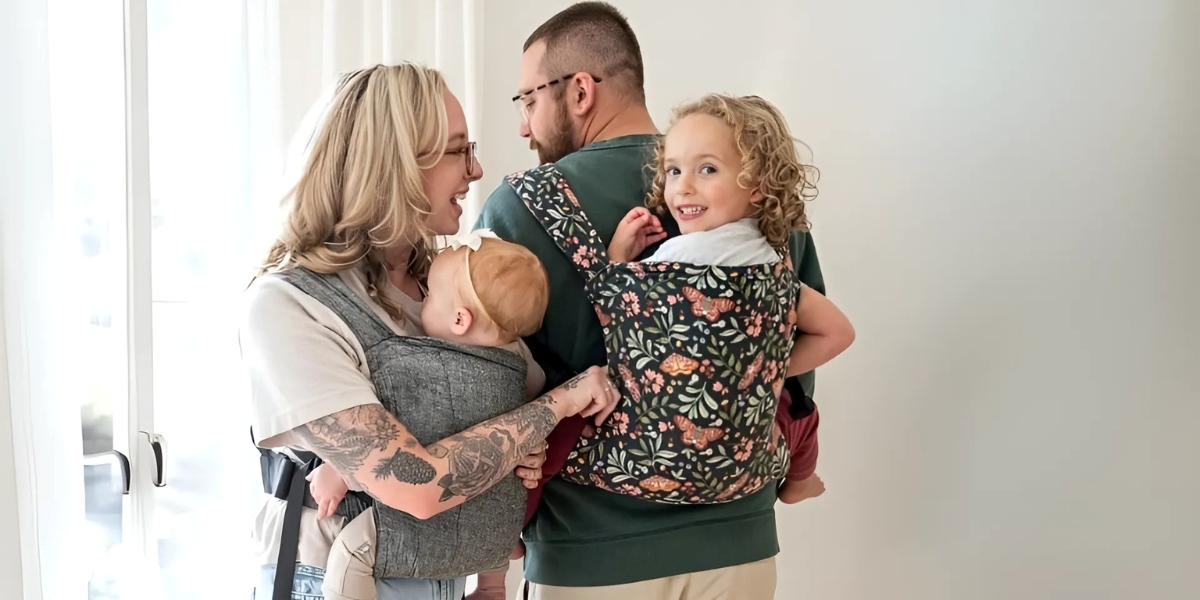Family heirlooms are more than objects; they are tangible pieces of history, carrying the stories and memories of generations. The joy of uncovering a dusty old photo album or a delicate lace dress can be immense, but with this discovery comes the responsibility of preservation.
Proper care allows these precious items to be cherished by future generations. This guide will provide practical tips and strategies for preserving various types of family heirlooms, helping to keep their legacy alive.
Understanding the Value of Family Heirlooms
Family heirlooms hold a unique blend of emotional and historical significance. They serve as a bridge between generations, connecting individuals to their ancestry and shared family history. From a grandfather’s war medals to a great-grandmother’s handwritten recipes, these items evoke powerful memories and emotions.
Beyond their sentimental value, some heirlooms may also possess considerable financial worth. Items like antique jewelry, rare books, and original artworks can be valuable in the marketplace. Getting a professional appraisal can provide insight into the monetary value of these treasures, ensuring they are adequately insured and protected.
Proper Storage Techniques
Storing heirlooms correctly is crucial for their preservation. The general rule of thumb is to keep items in a stable environment, free from extreme temperatures, humidity, and direct sunlight.
Specific items require tailored storage solutions to ensure their longevity. For textiles, like wedding dresses and quilts, acid-free tissue paper and boxes are best, while plastic containers should be avoided as they can trap moisture and promote mold growth.
Photographs and documents need archival-quality sleeves and boxes to protect them from light, dust, and physical damage; magnetic albums should be avoided due to their degrading adhesives. Jewelry and metals require anti-tarnish strips and storage in cool, dry places, with soft cloth bags or lined jewelry boxes providing additional protection against scratches.
Protecting Heirlooms During Moves
Moving heirlooms requires careful planning and the right materials. Use sturdy boxes, bubble wrap, and packing peanuts to cushion items during transport, and clearly label boxes to ensure they are handled with care.
In the event of a long-distance move or shipping heirlooms to relatives, investing in shipping insurance is essential. This step guarantees that any potential damage or loss during transit is covered, providing peace of mind. Hiring professional movers who specialize in handling fragile and valuable items can also be a wise choice, as they have the expertise and equipment to transport heirlooms safely.
Cleaning and Maintenance
Keeping family heirlooms in top condition requires regular cleaning and maintenance. General cleaning guidelines suggest using gentle methods and avoiding harsh chemicals that could damage delicate items.
Dry cleaning is often the best option for textiles, but hand washing with a mild detergent can also be effective for less fragile pieces. Metals such as silver and gold should be polished carefully using appropriate polishing cloths or solutions to maintain their shine without causing scratches. Wooden items benefit from periodic dusting and applying suitable oils or polishes to preserve their finish and prevent drying out.
Restoring and Repairing Heirlooms
Restoring and repairing heirlooms can be a delicate process, and it’s important to know when to handle repairs at home and when to seek professional help. Simple repairs, such as sewing a loose button or reattaching a piece of jewelry, can often be done with basic tools and a steady hand.
However, more complex restorations, such as repairing a cracked porcelain vase or restoring an antique painting, should be left to experts. Professional restorers have the knowledge and experience to handle these tasks without causing further damage.
Considering the restoration cost versus the heirloom’s value is also essential. Sometimes, the sentimental worth far outweighs the financial cost, making the investment worthwhile to preserve a cherished piece of family history.
Documenting and Sharing the History
Documenting the history of family heirlooms adds another layer of value to these precious items. Keeping detailed records of each item’s origin, significance, and any notable stories associated with it can provide context and enhance its meaning for future generations.
Creating a written or digital record can also help keep the history intact if the physical item is lost or damaged. Storytelling is a powerful way to share the history of heirlooms with family members. Gathering stories from older relatives about the origins and significance of various items can create a rich resource of family history.
Digital preservation, like scanning documents and photographs or creating digital archives, allows for easy sharing and broader access among family members, ensuring that the stories and memories associated with heirlooms are never lost.
Safeguarding Family Heirlooms
Caring for family heirlooms is a labor of love that involves proper storage, gentle handling, regular cleaning, and thoughtful restoration. These treasured items are tangible links to the past, carrying the stories and memories of generations.
By documenting their histories and sharing these stories with family members, heirlooms can continue to be a source of joy and connection for years to come. Embrace the responsibility of preserving your family’s history, and enjoy the deep sense of connection that comes with caring for these irreplaceable treasures.
Published by: Khy Talara







